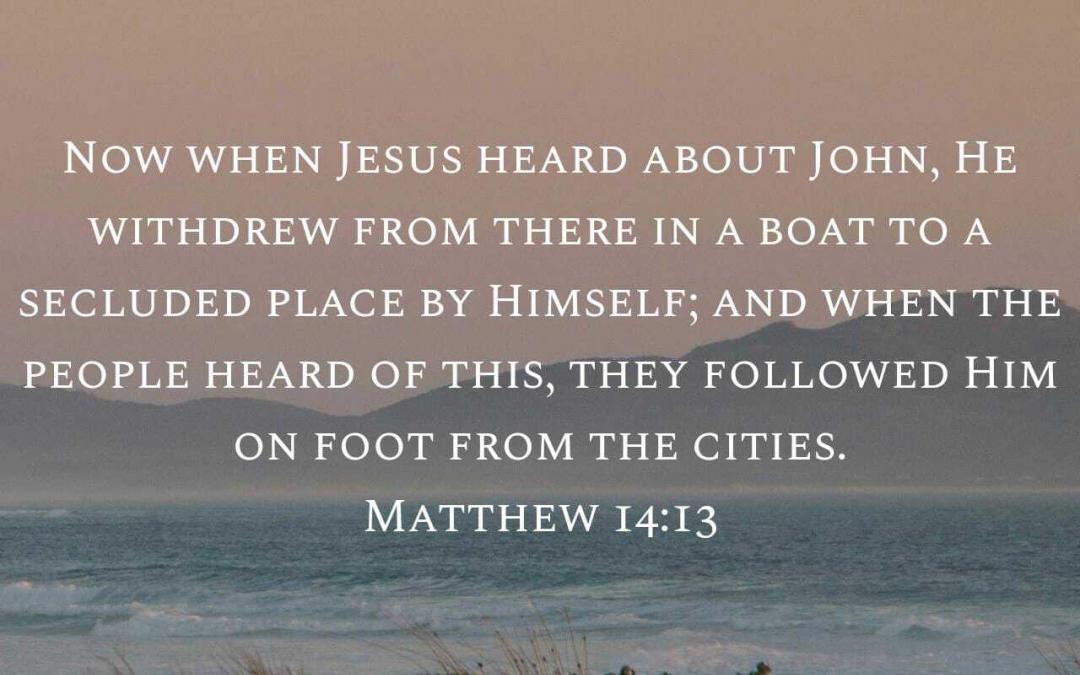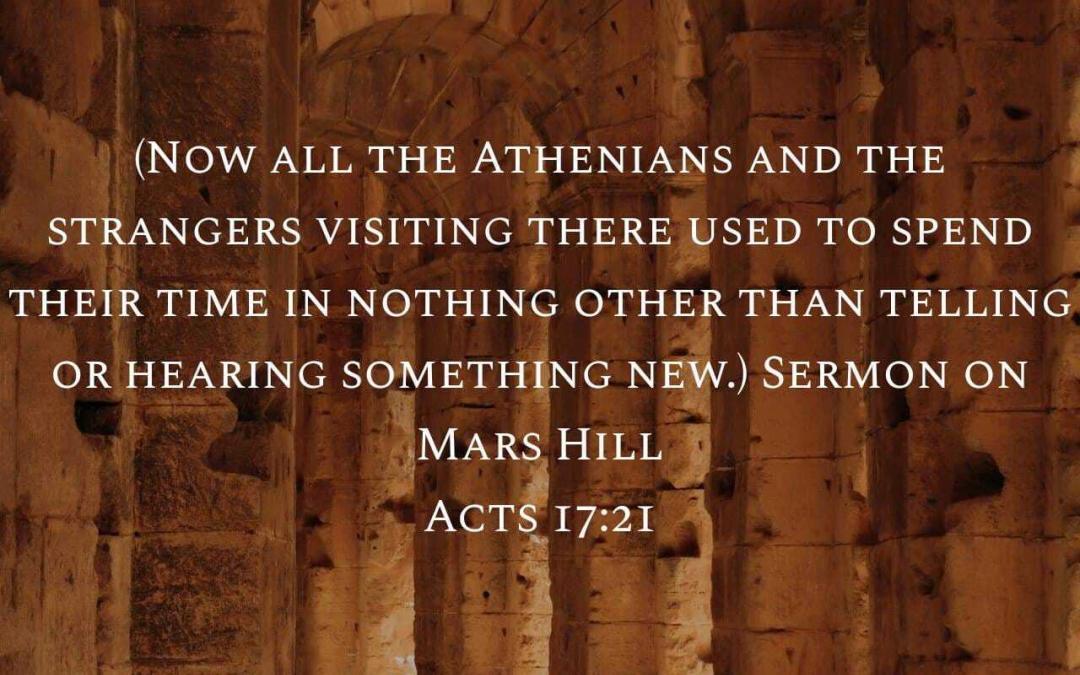
Unattended Sin Leads to Greater Evil

Lessons from the Death of John the Baptist
Passage: Matthew 14:1-13
Introduction
John the Baptist was a fearless prophet who prepared the way for Jesus. His tragic death at the hands of Herod teaches us valuable lessons about morality, boldness, the consequences of sin, and God’s sovereignty. Through this passage, we see the stark contrast between righteousness and corruption.
Background & Context
John the Baptist had publicly rebuked Herod Antipas for taking his brother Philip’s wife, Herodias, as his own (Matthew 14:3-4). This angered Herodias, leading to John’s imprisonment. During Herod’s birthday feast, Herodias’ daughter danced before him, pleasing him. In a rash promise, he vowed to grant her whatever she asked. Influenced by her mother, she requested John’s head on a platter. Though Herod was distressed, he complied due to his fear of losing face before his guests.
Key Lessons
1. Herod’s Immorality & His Intention to Harm
“For Herod had seized John and bound him and put him in prison because of Herodias, the wife of his brother Philip.” (Matthew 14:3)
Herod knew John was a righteous man but still chose to imprison him. Sin blinds people to truth and leads them into deeper wickedness.
💡 Illustration: A man who starts with a small lie eventually finds himself caught in a web of deception.
2. Herod the People-Pleaser—Fear of Man Over Fear of God
“Although Herod wanted to put him to death, he feared the crowd, because they regarded John as a prophet.” (Matthew 14:5)
Herod was more concerned about people’s opinions than doing what was right. Fear of man often leads to compromise and sin.
💡 Illustration: A student who knows cheating is wrong but does it anyway to impress friends.
3. John’s Boldness—Standing for Truth No Matter the Cost
“John had been saying to him, ‘It is not lawful for you to have her.'” (Matthew 14:4)
John was not afraid to speak truth to power. Faithfulness to God requires courage, even when it costs us.
💡 Illustration: A whistleblower who speaks against corruption despite threats.
4. Herodias—How Sin Can Drive a Person to Evil
“Prompted by her mother, she said, ‘Give me the head of John the Baptist here on a platter.’” (Matthew 14:8)
Herodias’ grudge against John led to murder. Sin, when left unchecked, hardens the heart.
💡 Illustration: A person harboring bitterness eventually seeks revenge, destroying themselves and others.
5. Herod’s Careless Words & Their Consequences
“And although he was grieved, the king commanded it to be given because of his oaths and his dinner guests.” (Matthew 14:9)
Herod’s reckless promise led to an irreversible tragedy. Words have power, and rash commitments can lead to destruction.
💡 Illustration: A businessman hastily signs a bad deal out of pride and later regrets it.
6. God’s Sovereignty in John’s Death
Though John was executed, his ministry was not in vain. God’s plan was unfolding, and John had fulfilled his purpose in preparing the way for Christ. Death is not the end for those who are faithful to God.
💡 Illustration: A missionary who dies for the gospel, but his work continues to bear fruit.
7. Jesus Departing—A Lesson in Seeking Solitude
“Now when Jesus heard about John, He withdrew from there in a boat to a secluded place by Himself.” (Matthew 14:13)
Jesus took time to grieve and pray. In difficult times, we should seek God’s presence for comfort and strength.
💡 Illustration: A person overwhelmed with grief finds peace through prayer and solitude.
Practical Application
- Stand for truth even when it is unpopular.
- Fear God, not man—don’t compromise righteousness for approval.
- Guard your heart against sin’s progression.
- Be mindful of your words—they have lasting consequences.
- Trust God’s sovereignty, even in difficult situations.
- Take time to seek God in moments of grief and hardship.
Conclusion
The death of John the Baptist serves as a sobering reminder of the cost of truth and righteousness. Yet, his faithfulness to God was not in vain. We, too, must stand firm in our faith, trust in God’s plan, and seek His presence in all circumstances.

Have You Understood All These Things?
Passage: Matthew 13:51 (AMP) –
“Have you understood all these things?” They said to Jesus, “Yes.”
Introduction
Jesus often spoke in parables to reveal deep spiritual truths in ways His audience could grasp. In Matthew 13, He shares multiple parables about the kingdom of heaven. After teaching, He directly asks His disciples: “Have you understood all these things?” Their answer—“Yes”—carries significant weight. Did they truly understand? And what was Jesus emphasizing by asking this question?
Background and Context
Matthew 13 contains seven key parables about the kingdom of heaven:
- The Sower (vv. 1-23) – The condition of human hearts in receiving God’s Word.
- The Wheat and the Tares (vv. 24-30) – The coexistence of good and evil until the final judgment.
- The Mustard Seed (vv. 31-32) – The kingdom’s humble beginning and vast growth.
- The Leaven (v. 33) – The kingdom’s transformative power.
- The Hidden Treasure (v. 44) – The immeasurable worth of the kingdom.
- The Costly Pearl (vv. 45-46) – Sacrificing all for the kingdom.
- The Dragnet (vv. 47-50) – The final separation of the righteous and the wicked.
After teaching these, Jesus asked His disciples if they understood. Their affirmative response suggests confidence, but did they fully grasp the depth of His teaching?
Key Points
1. The Question Was a Test of Readiness
Jesus wanted to know if His disciples were spiritually discerning. Understanding in biblical terms is not just intellectual but involves spiritual insight and application (Proverbs 4:7).
🔹 Illustration: A teacher asks students if they understand a complex lesson. They say “yes,” but true understanding is proven when they apply the knowledge in real-life situations.
2. Saying “Yes” Carries Responsibility
By affirming their understanding, the disciples were committing to teach, live, and spread the kingdom message.
- Luke 12:48 – “From everyone to whom much has been given, much will be required.”
🔹 Illustration: A new employee who claims to understand company policies will be expected to follow them correctly.
3. The Reality: Understanding Was Partial
Though they said “Yes,” later events (such as Peter’s denial and their confusion about the crucifixion) show they did not fully grasp Jesus’ mission yet.
- John 16:12 – “I have many more things to say to you, but you cannot bear them now.”
🔹 Illustration: A child who nods when taught a lesson may only fully grasp its depth as they mature.
Practical Application
- Examine Your Understanding – Do we truly grasp what Jesus teaches, or do we only acknowledge it intellectually?
- Live Out the Word – True understanding is shown in action (James 1:22).
- Seek Continuous Growth – The disciples grew in understanding after Pentecost. We must rely on the Holy Spirit (John 14:26).
Conclusion
When Jesus asks, “Have you understood all these things?” He is also asking us today. Understanding requires more than just agreement—it calls for action, transformation, and deeper pursuit of God’s truth.
👉 Will our “Yes” lead to commitment, or is it just words?

Seeking but Not Transforming


